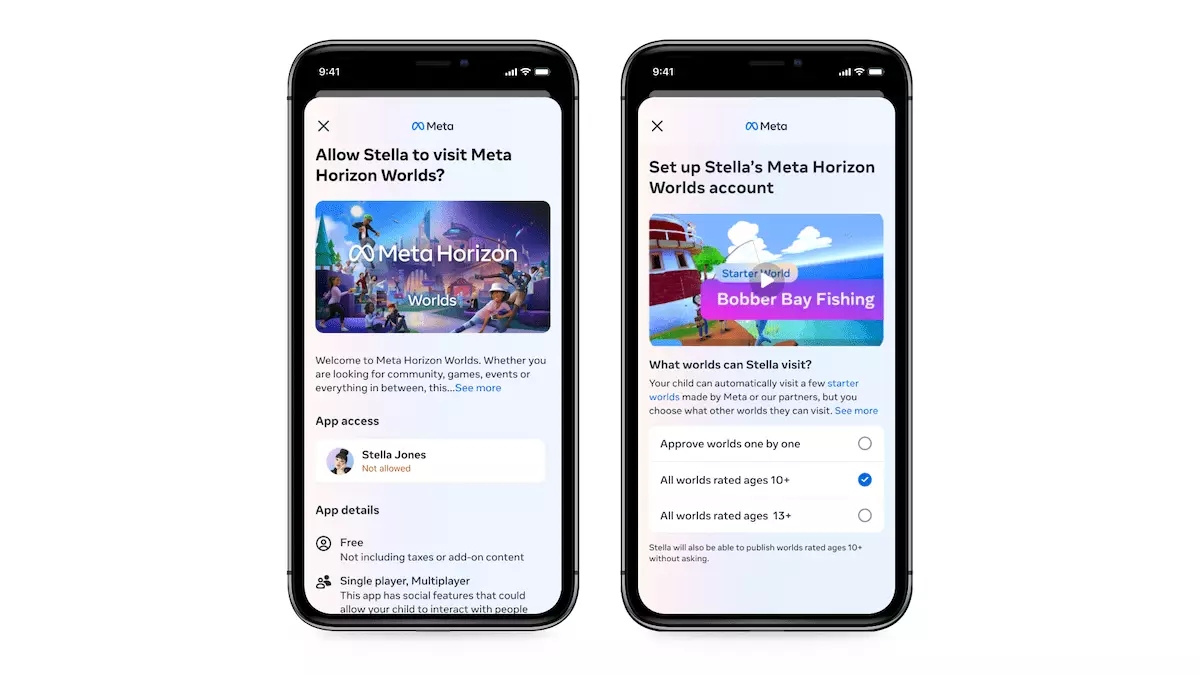Meta has recently announced new safety measures for preteens aged 10 to 12 on its virtual reality platform, Horizon Worlds. These measures aim to provide a safer online experience for preteens while allowing them to explore various age-appropriate virtual worlds.
New Age-Appropriate Worlds
Parents now have the option to approve specific age-appropriate worlds for their preteens to access on Horizon Worlds. From hanging out in The Space Station to playing the Spy School racing game, preteens can request access to these worlds or parents can grant permission for them to explore. This gives parents more control over the content their children interact with on the platform.
In addition to approving worlds, parents can now utilize a new rating system (10+, 13+, 18+) to determine which virtual reality experiences are suitable for their preteens. This feature allows parents to restrict access to inappropriate content and keep their children safe while navigating the virtual environment. The implementation of a “Personal Boundary” setting further enhances safety by creating a virtual bubble around avatars to prevent unwanted interactions.
Despite these new safety measures, concerns remain regarding Meta’s ability to protect preteens on its platforms. Previous accusations of the company intentionally targeting underage users and promoting inappropriate content raise doubts about the effectiveness of the safety measures. Lawsuits filed against Meta by various state attorneys indicate a pattern of negligence towards the well-being of young users.
While Meta’s introduction of new safety features for preteens on Horizon Worlds is a step in the right direction, skepticism regarding the company’s commitment to protecting young users persists. It is essential for parents to remain vigilant and actively monitor their children’s online activities, even with these added safety measures in place.As technology continues to evolve, ensuring the safety of children in virtual environments becomes increasingly important.

